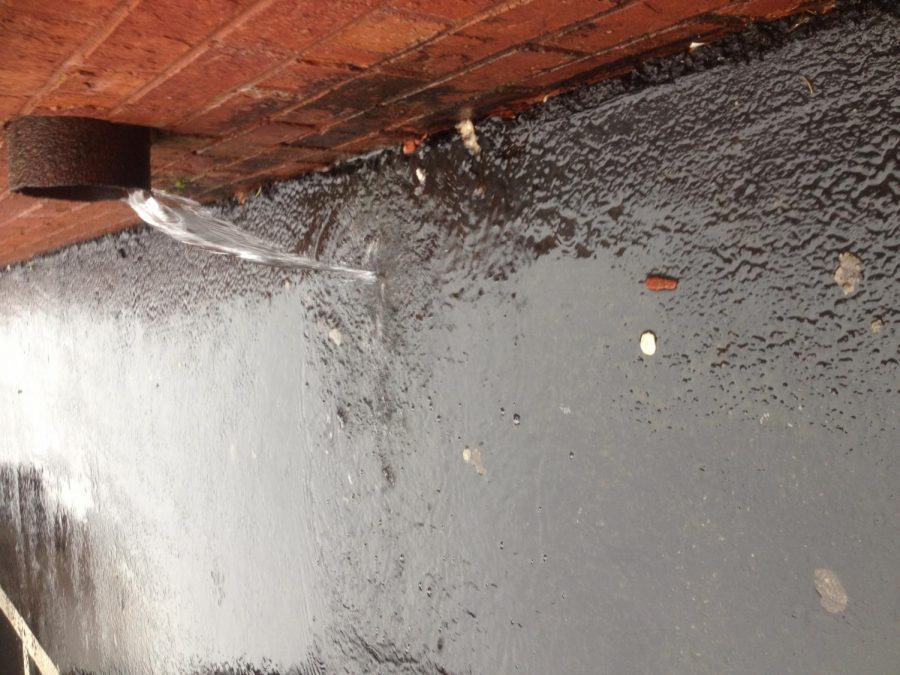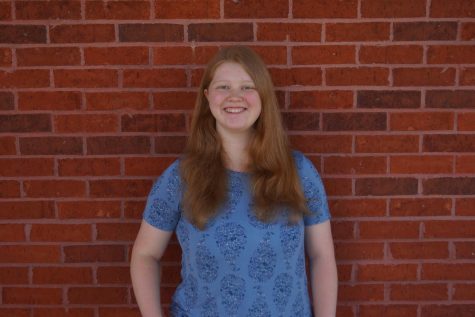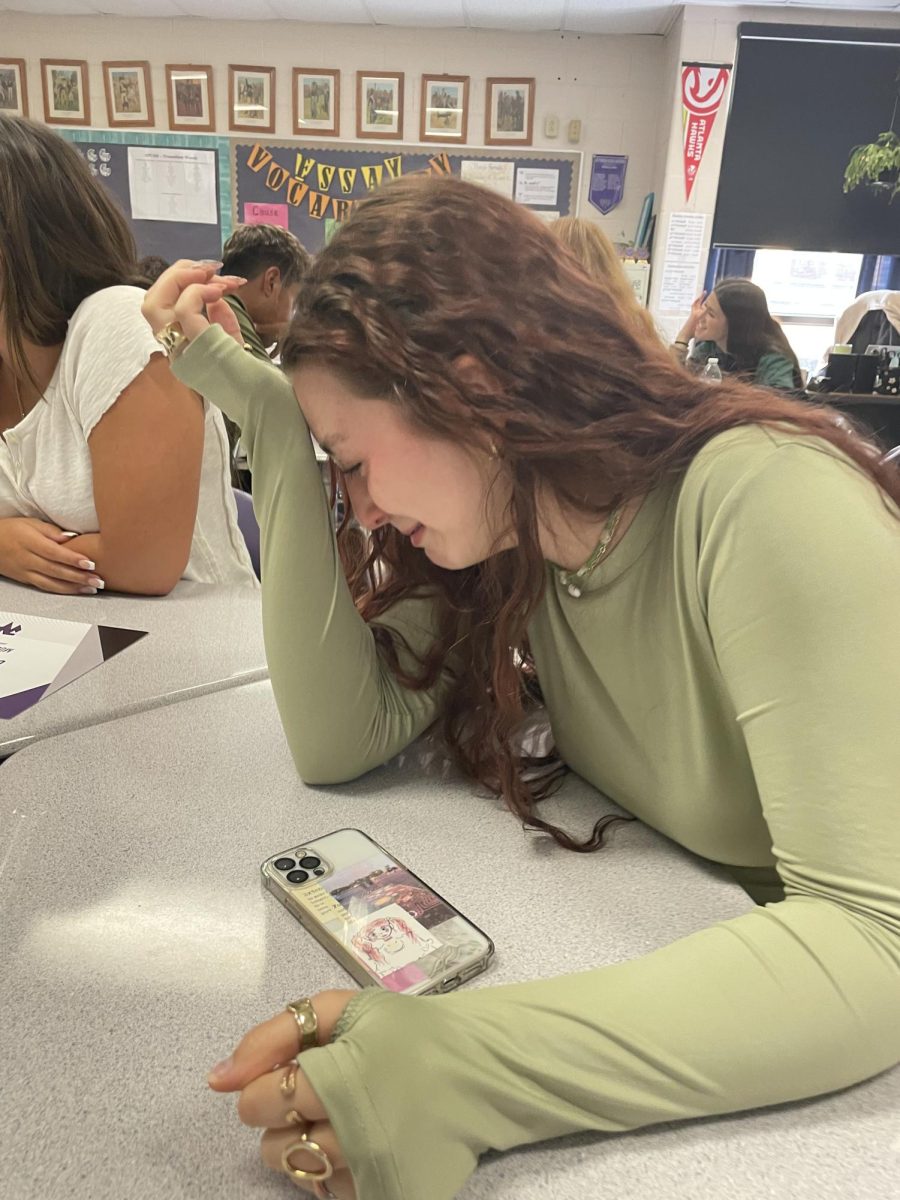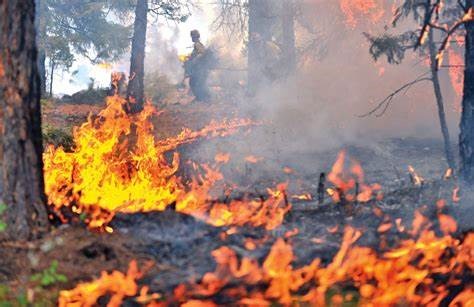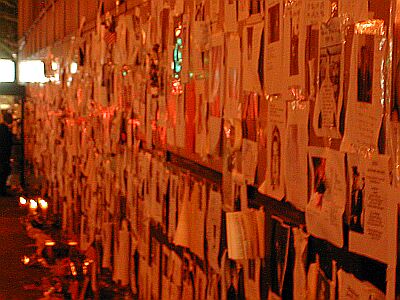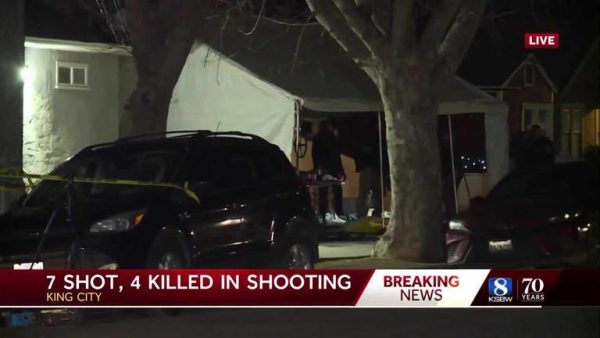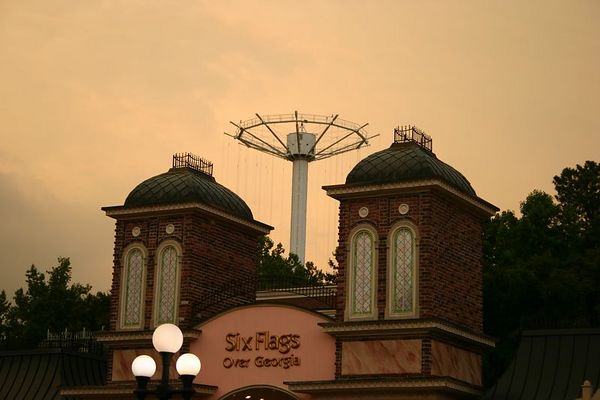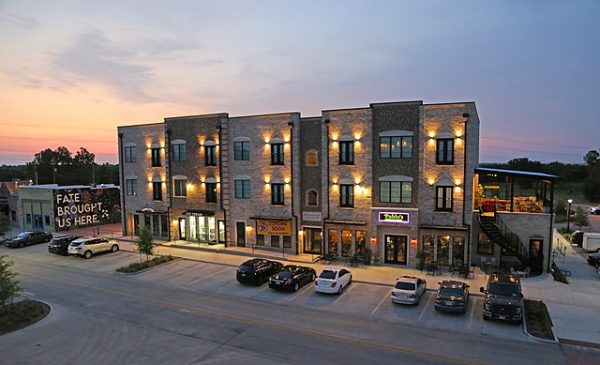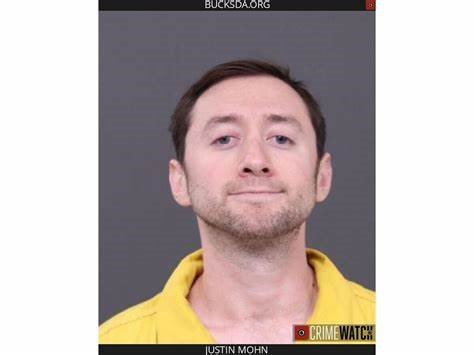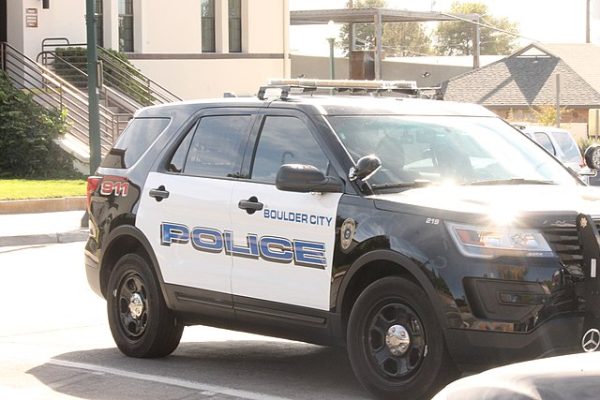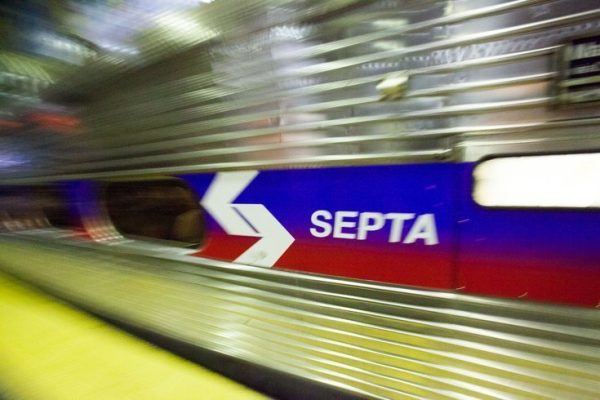South Africa’s Water Crisis
Clean water is something we easily take for granted, but in Cape Town, South Africa, people are beginning to realize that the resource is not so definite as they would hope. Drought in South Africa is steadily worsening, leading to the potential for a “Day Zero” in which water is completely shut off in the country.
April 18, 2018
In South Africa, continual drought is leading to the imminent arrival of “Day Zero,” the date by which government officials have determined that the majority of water faucets will need to be shut off and water rationed out to the population. The problem is especially severe in Cape Town, South Africa’s second largest city, but has also spread to affect surrounding areas throughout the country. The exact date for Day Zero is only an estimation and has been moved numerous times since its initial suggestion, but it is currently set for sometime in late April.
South Africa has had a persistent drought problem for around three years–what is said to be the worst drought there in more than a century–and the rapid growth of cities and surrounding areas has only exacerbated the problem. Places like Cape Town have been using up more and more water, despite the steadily dwindling supply. And although officials are encouraging people to ration water as best they can, suggesting such extreme measures as only taking 90 second showers and catching all excess water in buckets to reuse for watering plants or flushing toilets, water usage has not lowered significantly. Soon, residents of Cape Town will be forced to comply with these strict water consumption regulations, as the amount of water allowed per person is lowered to only 25 liters (6.6 gallons) per day.
Efforts have been made through social media and charitable organizations to ease the crisis in South Africa, with people donating bottled water and funds to help the cause. In addition, local businesses in Cape Town have opened their own taps so residents can have access to clean water. People with the money to do so are even abandoning the city until the crisis blows over, hoping to alleviate some of the burden of the population on the dwindling water supply. Still, bottled water and storage containers which might hold water are in short supply as people begin to panic in the shadow of Day Zero’s arrival. As much as the rest of the world tries to help, Day Zero is inevitable.
Some are blaming this extreme drought on climate change, others on the growing population in South Africa and others even on the seeming lack of concern on the part of South African residents to reduce their water consumption overall. But regardless of which factors have been most integral in leading to this crisis, it is an extremely concerning issue. Research suggests that all around the world, drought recovery is taking longer and longer and growing ever more difficult to fix. Some suggest that Cape Town is just the first of many major cities to worry about running out of water indefinitely.
With all the rain we’ve been getting here, it’s easy to overlook the drought crisis in other regions of the world. Just across the country, in California, the area affected by drought has been steadily expanding, despite recent rainfall in the northern part of the state. The crisis in South Africa may be indicative of future problems to come. Obviously, clean water is no longer something which we can take for granted, even in what many consider to be the more developed areas of the world.


